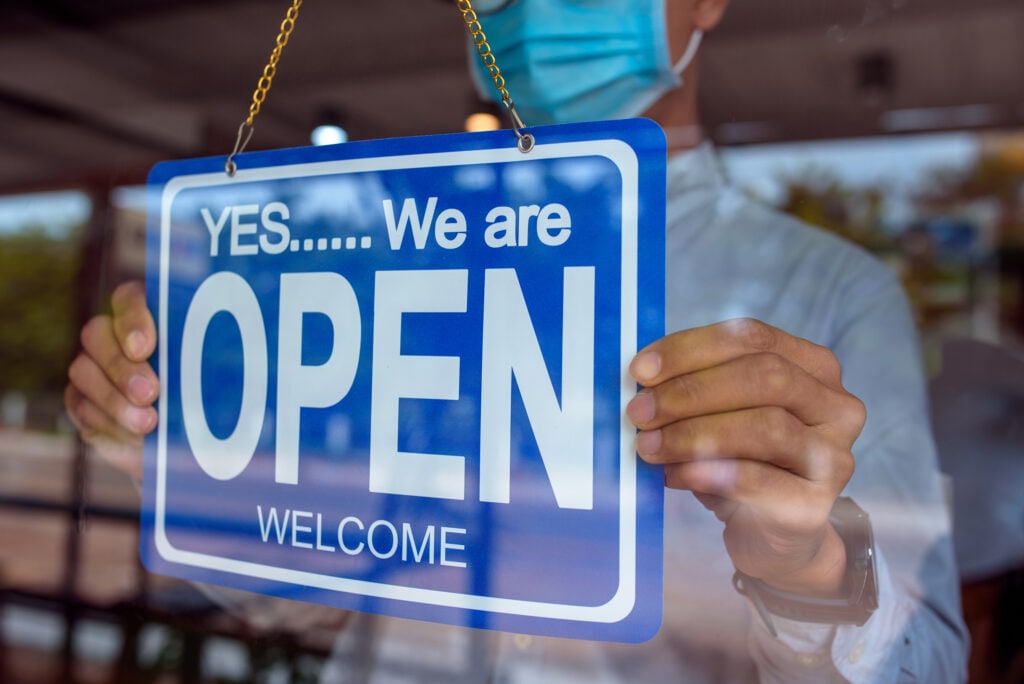The Consolidated Appropriations Act (“CAA”), signed into law on December 27, 2020, includes several regulations intended to help small businesses that have been particularly hit hard by the COVID-19 pandemic. A number of extensions and modifications to the Paycheck Protection Program (PPP) are being rapidly rolled out by the Small Business Administration (SBA). Some of these changes are retroactive while others impact the 2021 tax period.
While it is not unusual to have unanswered questions or parts of new legislation that need clarification, the speed at which the CAA regulations are being rolled out has left many business owners confused and struggling to decide what they need to do. Here are some of the key areas that small business owners should understand and take advantage of.
Return of PPP
After the first PPP closed on August 8, 2020, it was clear that many small businesses continued to struggle for survival. The CAA reopened PPP with $284 million in new funding, relaxed some of the qualification rules, and created a new “second-draw” PPP program with loans that can be taken until March 31, 2021 or until the money runs out. To keep things simple, we will refer to the original loans as “PPP1” and the new loans as “PPP2.”
New and Improved (PPP1)
For businesses that received one of the original PPP1 loans, there are more categories of allowable expenses that will help you qualify for loan forgiveness. For any PPP1 loan to be forgiven, at least 60% of the money must be used for payroll expenses. The types of eligible payroll costs were significantly expanded with CAA to include group life, disability, vision and dental insurance. The remaining 40% of the PPP1 loan forgiveness requirements include specific business expenses which were also expanded with the new legislation.
Forgivable Expenses
The new types of covered and forgivable business expenses are:
- Software and cloud computing expenses related to human resources and accounting
- Costs related to property damage due to public disturbances that occurred during 2020, if not already covered by insurance
- Certain supplier costs considered essential to the operation
- Worker protection expenditures such as PPE or safety investments related to COVID-19
Businesses that have not yet applied for loan forgiveness will now be able to take advantage of the expanded list of allowable expenses that are retroactive to the beginning of PPP1. Companies that did not borrow the full amount on a PPP1 loan for which they were eligible or returned part of their loan may request a modification to increase the loan amount to the maximum allowed.
Second-Draw Loans (PPP2)
Small businesses that received a PPP1 loan have the option to apply for a “second draw” loan as long they’re not a publicly traded company, don’t employ more than 300 people, and can show at least a 25% drop in gross receipts in a single quarter of 2020 compared to the same quarter in 2019 or a 25% drop in gross receipts for the full year 2020 over full year 2019. PPP2 is calculated the same way as PPP1 with the maximum loan amount being 2.5X the average monthly payroll costs in the year prior to the loan or the calendar year, up to a maximum amount of $2 million.
It is important to note that community banks and financial institutions serving low-income and minority businesses will be able to submit loan applications to the SBA at least two days before other lenders. This is intended to help small businesses who have been struggling to survive during the ongoing pandemic.
Simplified Loan Forgiveness
PPP2 follows similar 60/40 guidelines as the revised PPP1, with businesses required to spend least 60% of the loan proceeds on qualifying payroll costs (including certain healthcare plan costs) and the remainder on other qualifying expenses (such as mortgage interest, rent, utilities, and the other expenses listed above). One significant benefit of the CAA is the loan application process has been simplified to a single page for loans under $150,000.
The Bottom Line
If you are a small business owner, the recent CAA legislation brings some favorable changes and benefits. Make sure you understand how the changes impact your PPP1 loan forgiveness. If your business meets the requirements for a PPP2 loan, act NOW and get your application in quickly with your community lender. If you do not have a lender doing PPP loans, please contact Ataraxis and we will help you get a loan with our banking partner.
